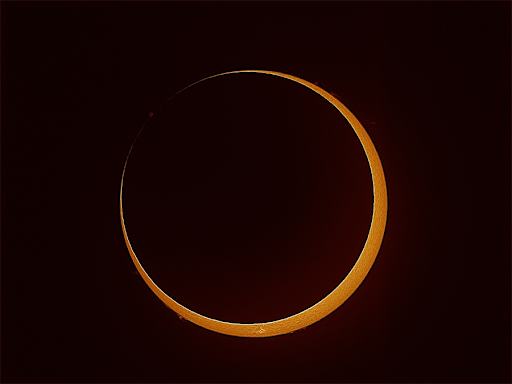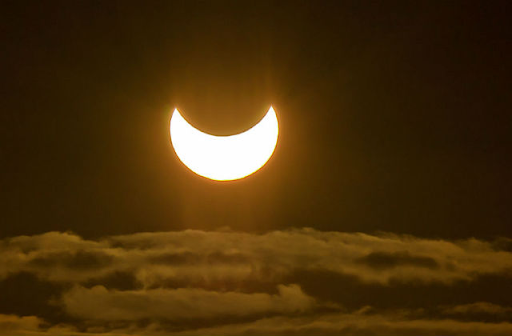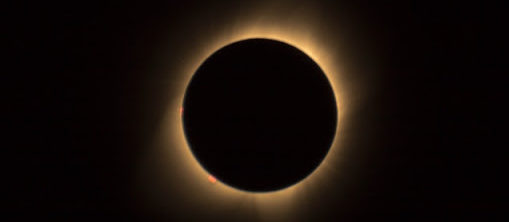People talk about solar eclipses all the time but few people know what they are. The concept isn’t that complicated but it’s important to understand the difference between the different types of solar eclipses.
Generally, a solar eclipse happens when the new moon moves between the sun and the Earth. It blocks out the sun’s rays and casts a shadow over parts of the Earth. You’ll notice they announce that certain types of solar eclipses will only be seen in certain parts of the world. This is because the moons shadow can’t cover the whole planet at the same time.
Since it’s limited to a certain area, it makes sense that this area changes as the planets move.
The course of an eclipse depends on the Earth’s rotation around the sun. It also depends on the moon’s orbit around the Earth. The Earth rotates around its axis constantly, and since the moon is constantly in motion, the solar eclipse appears as if it’s traveling.
Four Types of Solar Eclipses

So what are the different types of solar eclipses? How can you tell them apart?
Partial – A partial eclipse occurs when the moon partly obscures the sun’s disk and a penumbra shows on the Earth, this is a partial eclipse. These are not necessarily rare. People don’t tend to notice them as much because the news stations and social media don’t often cover them.
Annular – An annular eclipse occurs when the moon’s disk doesn’t cover the whole disk of the sun. This makes only the outline of the sun visible to the eye. It’s often described to look like a ring of fire in the sky.
Total – A total eclipse, like the one we saw August of 2017, occurs when when the moon completely covers the sun and blocks out 100% of the sun’s rays. Total eclipses happen when the moon is closest to Earth. In order to see it, you have to be in the path of where the moon casts its shadow. The closer you are to the center of the shadow, the more likely the chances you’ll get to see the total eclipse.
Hybrid – A hybrid eclipse is a combination between an annular eclipse and a total eclipse. It is the rarest type of all. It occurs when an annular eclipse becomes a total eclipse as the moon follows its path around the Earth.
Total Or Partial Eclipse

Most types of solar eclipses look like a partial eclipse. Unless you’ve found the perfect viewing spot, you won’t see the total eclipse at precisely the moment the moon covers the entire sun. This is why we can name a handful of spots on Earth that will be able to witness a total eclipse. Even when people think they’re seeing a total eclipse, they are often seeing a partial eclipse.
A solar eclipse, no matter the type, is often considered to be a life changing experience. So if you missed out last year in August, don’t worry. You’ll have the chance to see one again, in July of 2019. That’s right, it’s only a year away. So if you want to take part in the next solar eclipse viewing, buy a pair of solar eclipse glasses and keep tabs on NASA’s countdown to the next solar eclipse.


